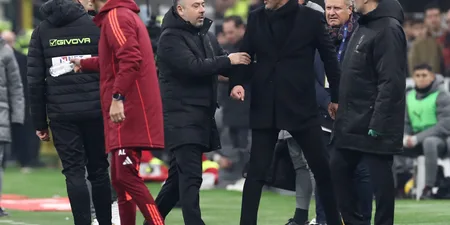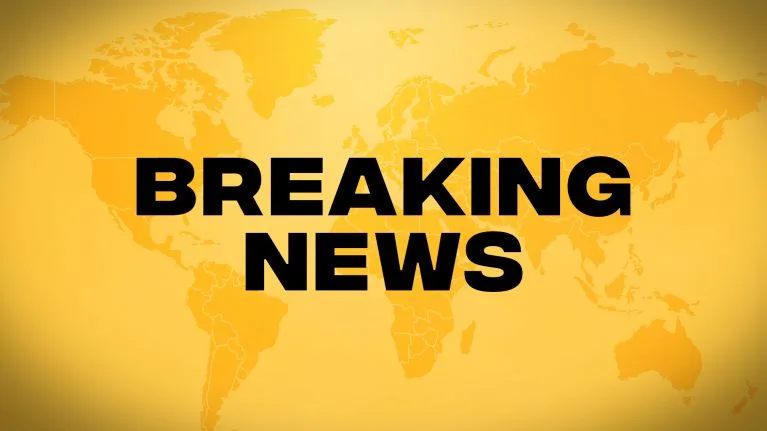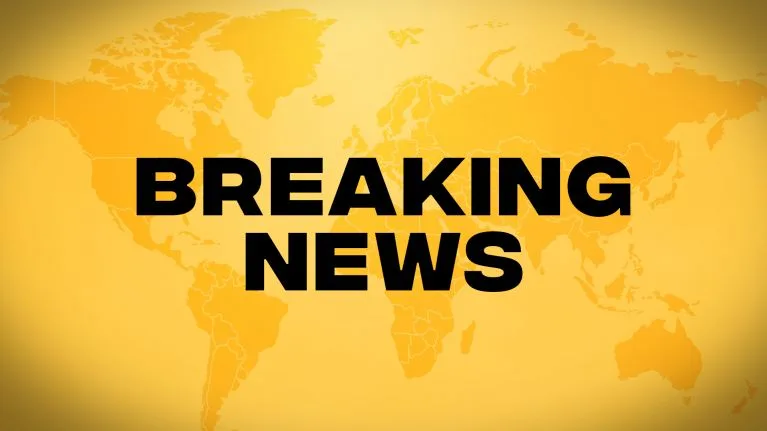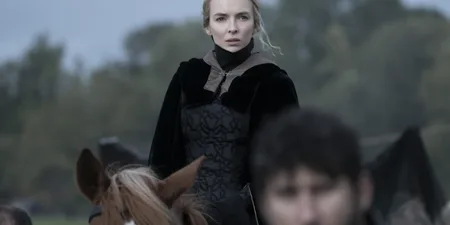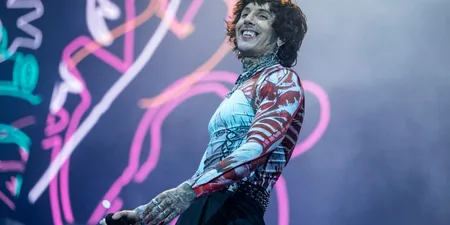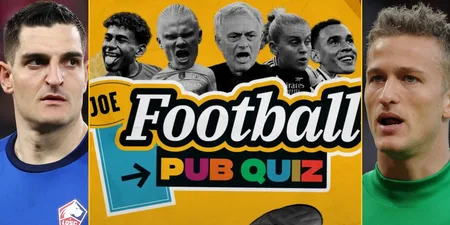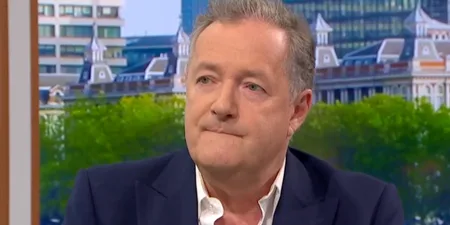Amid all the excitement surrounding the world-record signing of Paul Pogba, there is one major issue.
It’s not to do with the size of the fee, or even the weirdness of signing back a player you sold four years ago: it’s what Pogba’s arrival may mean for the shape of the side and, specifically, the role of Wayne Rooney.
It’s possible that Jose Mourinho sees Pogba as somebody who can operate as one of two holding players. He does, after all, have a history of taking all-round midfielders and pushing them into deep-lying roles, most notably with Mikel John Obi. But the evidence of the Euros suggests that to play Pogba like that restricts him.
It’s not that Pogba played badly in a two, particularly, it’s that it seemed so reductive. He is an old-fashioned sort of midfielder, a complete box-to-box player who scores goals and puts in tackles, in the way that Bryan Robson once did. But the problem is that Robson almost invariably played in a 4-4-2, protected by a Ray Wilkins or a Remi Moses. That’s a role that barely exists any more in the world of four-band formations, and the result is that midfielders have increasingly become specialists, either holders or creators.
 Pogba is similar to a new Bryan Robson – but tactics have moved on from Robbo’s day
Pogba is similar to a new Bryan Robson – but tactics have moved on from Robbo’s day
Pogba, though, is such an extreme talent that it almost seems a waste not to allow his energy full rein. In a 4-2-3-1, his thought processes were almost visible as he checked his instincts to surge forwards. That was perhaps best exemplified in the semi-final, when France beat Germany 2-0. France had played a 4-2-3-1 for 70 minutes, for much of which they’d been under pressure. Pogba had done his defensive duties well, but the sense of relief at being released into a 4-3-3 was such that he surged forward, dispossessed Shkodan Mustafi, isolated the defender at the left edge of the box, wagged his foot three times to create space and then crossed, leading to Antoine Griezmann’s second.
It was, in a sense, the perfect representation of what Pogba can bring: pace, determination, a good tackle, imagination, skill and a decisive cross. Give him too much to do defensively and half of those are almost redundant. But if Mourinho sticks with the 4-2-3-1 he has used in both games so far with United – and that he has tended to prefer in recent seasons – then Pogba will end up at the back of midfield.
Alongside Morgan Schneiderlin or Michael Carrick, he could be the more aggressive presence and, particularly against lesser sides, could still push on, safe in the knowledge he has a holder behind him. Drive and pace from deep in midfield is something United have lacked recently: Bastian Schweinsteiger’s inability to provide that must have been at the very least a contributory factor to his ostracism.
But just as Pogba looked better at the Euros in a three-man midfield, so it was on the left of a three, whether in a 4-3-3 or a 3-5-2, that he excelled at Juventus. That gave him licence to work the length of the pitch, something he has the lungs to do, to drop back and win the ball back, to surge forward and offer an attacking threat.
 (Photo by Mike Hewitt/Getty Images)
(Photo by Mike Hewitt/Getty Images)
The other English player to whom Pogba bears some stylistic resemblance is Steven Gerrard, whom Mourinho was very keen to sign for Chelsea in 2005. Back then his intention was seemingly to play Gerrard to one side of Claude Makelele and Frank Lampard to the other. Could he then do something similar at United?
Mourinho did use the 4-3-3 at times at Real Madrid, and his 4-2-3-1 at Chelsea, with three of Nemanja Matic, Cesc Fabregas, Mikel John Obi and Oscar in the central triangle could easily switch to 4-3-3. He has the personnel to play that way at United: Carrick or Schneiderlin holding, with Ander Herrera or Marouane Fellaini to the right with Pogba to the left.
Were he to do that, though, there would be one obvious casualty. Zlatan Ibrahimovic would presumably remain the preferred central striker, with Anthony Martial on the left and either Juan Mata or Henrikh Mkhitaryan on the right – and that would mean no place for Rooney.
 (Photo by Michael Regan/Getty Images)
(Photo by Michael Regan/Getty Images)
Perhaps Mourinho is sincere when he says he believes Rooney and Ibrahimovic can forge a successful partnership, but both are the wrong side of 30 and neither is exactly rapid. Against Bournemouth on Sunday, United lacked fluency and that lack of pace will be more of an issue in games in which United operate more on the break.
At some point the question will have to be answered: to get the best out of Pogba, is it necessary to sacrifice Rooney?
Read more from SportsJOE:











